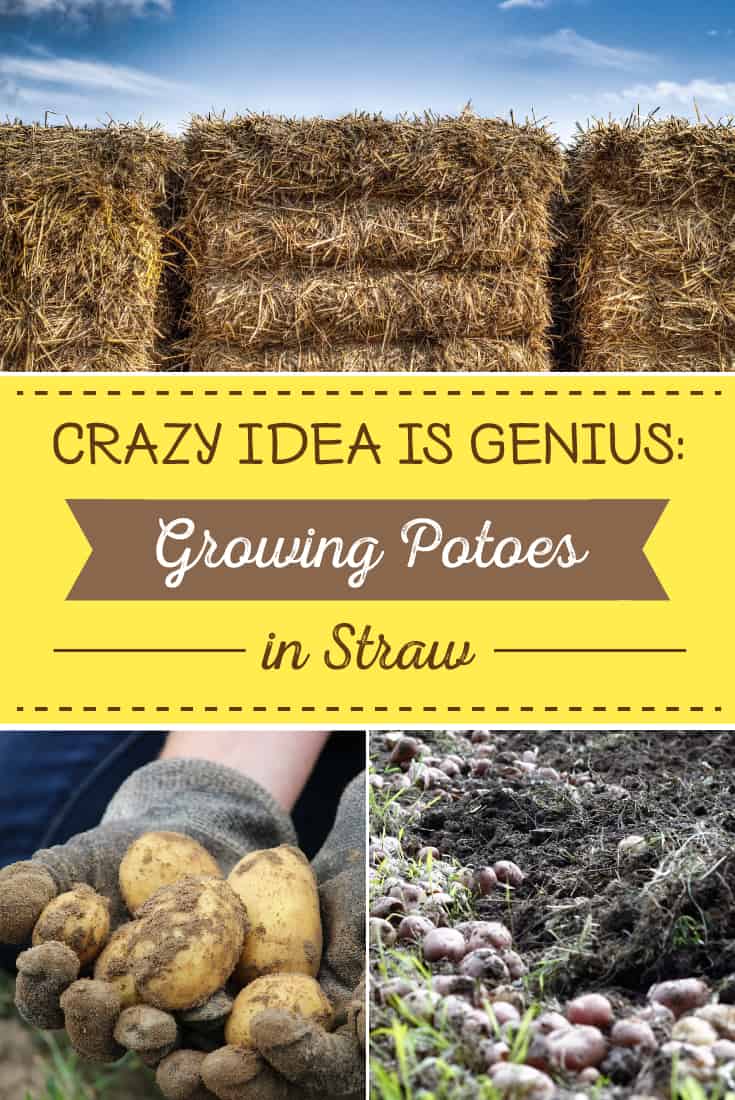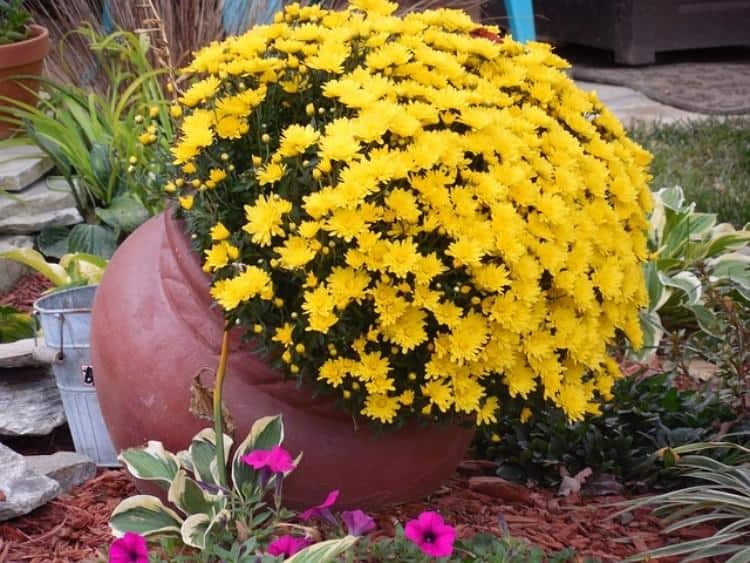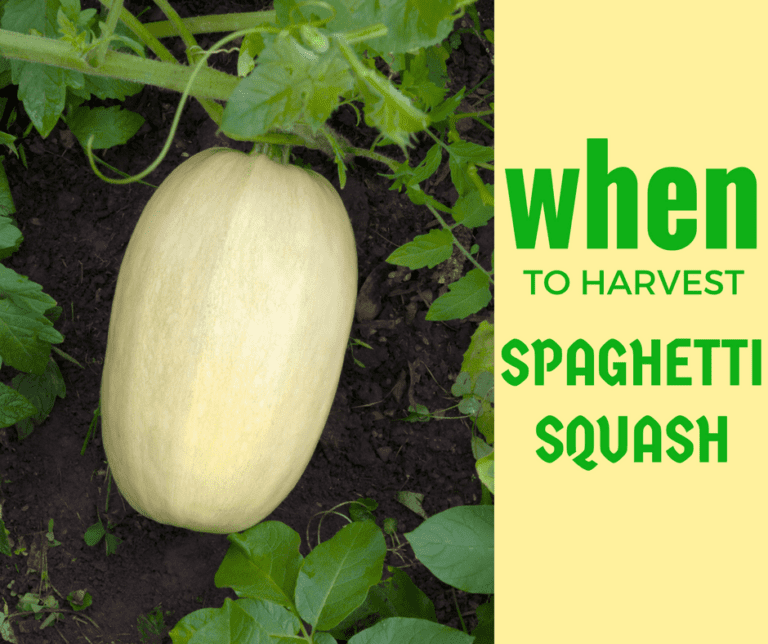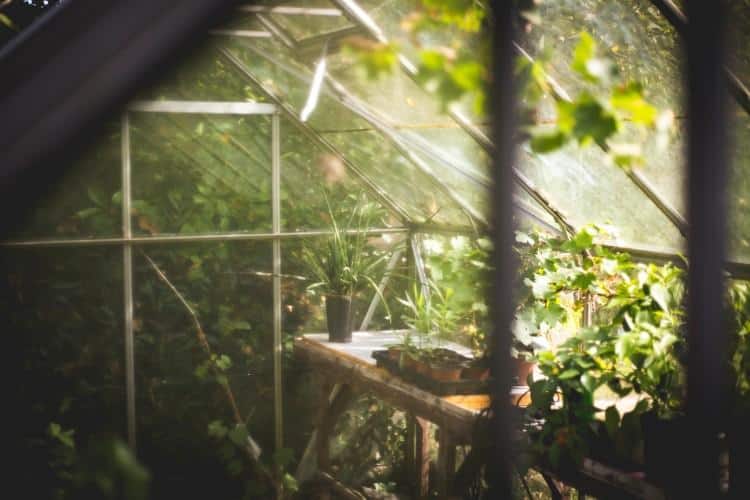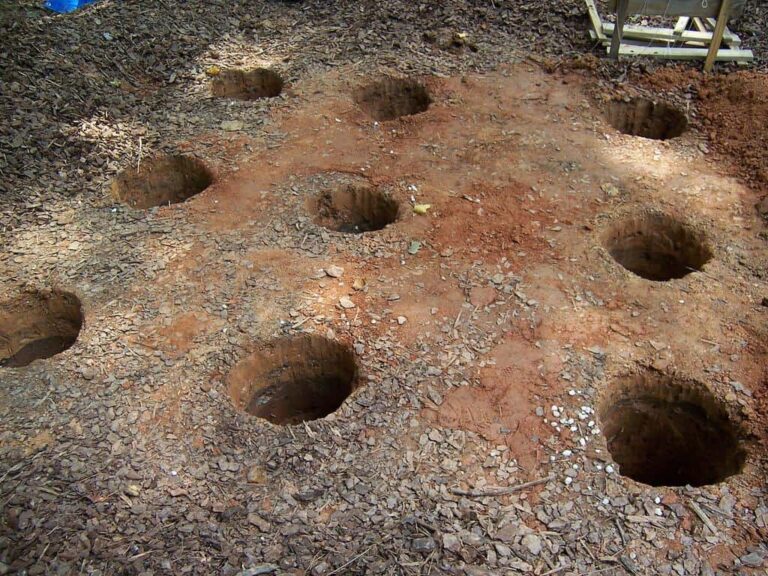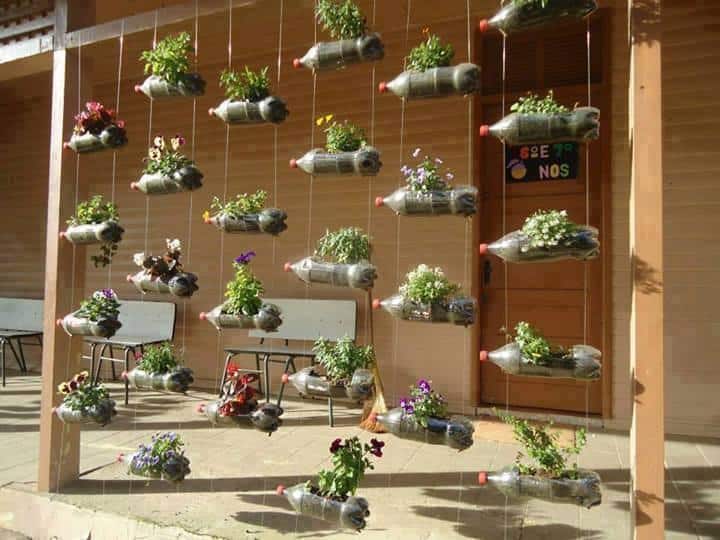Top Tips for Rooftop Garden Design
Rooftop garden design is perfect for urban dwellers who have no outdoor space, but still desire a lush garden that’s eco-friendly and lets them enjoy nature. Your rooftop garden can serve other purposes, too, such as providing privacy in a crowded environment and growing edibles, like herbs and vegetables. These rooftop garden design ideas will help you plan for, and create, your own urban rooftop garden.
Use Height For Privacy
Many urban dwellers create rooftop gardens for the main purpose of providing them with some privacy when they enjoy their outdoor space. There are several ways you can use foliage to make your rooftop garden more private, such as using climbing walls, thick trees, or hedges.
Balcony Garden Web provides a list of ways to increase the privacy around your rooftop garden. Bamboo, for example, doesn’t grow very thick, so you can still have good views from your garden. However, it grows tall and, when bamboo plants are placed close to one another, they’ll provide a good amount of privacy from neighbors looking in.
Hedges are also a good way to gain some privacy, and they also make your outdoor space look neatly maintained. Consider growing them in containers around the border of your rooftop garden. You can control the height and shape of them by pruning them back as they grow.
This video by Greenroofs.com shows how a green wall was created on a rooftop garden to provide beautiful greenery and privacy:
Garden with Liveable Space
Some people choose to have only gardens on their rooftops, but some prefer to combine gardening with living space. Think of your rooftop garden as you would any other garden and plan out your design as you see fit. Create an entertaining extravaganza, or a peaceful oasis.
However, any rooftop garden may be restricted by the amount of weight your structure can hold, the types of materials you can use, and more. About.com lists a few things to take into consideration when planning your rooftop garden, especially when using heavy materials for a living space:
- Structural integrity. When you’re using heavy materials, like stones, tiles, and furniture, for your rooftop garden, you need to make sure your building can support the extra weight. Have a licensed professional help you check this before you begin designing.
- Moving furniture. Will your rooftop furniture and materials have access to the rooftop, or does your building not offer a way to get your items to their final destination?
- Weather. Is there a significant amount of wind or sun exposure in your area? Consider your local weather when deciding on the furniture and plants you’ll have in your garden.
Go Vertical with Vines
Use arbors and climbing plants to bring nature to your rooftop area if you’re not yet ready to commit to gardening that requires a lot of maintenance. Plus, in a small area, going vertical can save a lot of space, while still bringing greenery to your outdoor area.
Use arbors over your living spaces and find different varieties of climbing plants that can thrive in a lot of sun exposure. Firecracker, star glory, Boston ivy, and golden hop vines are good choices that will give you different textures and colors throughout the seasons, and can withstand a good amount of sun exposure.
You can even go for edible vines, like the variegated kiwi vine, that has colorful leaves, white flowers, and produces sweet fruit when exposed to full sun in the summer.
Make It Edible
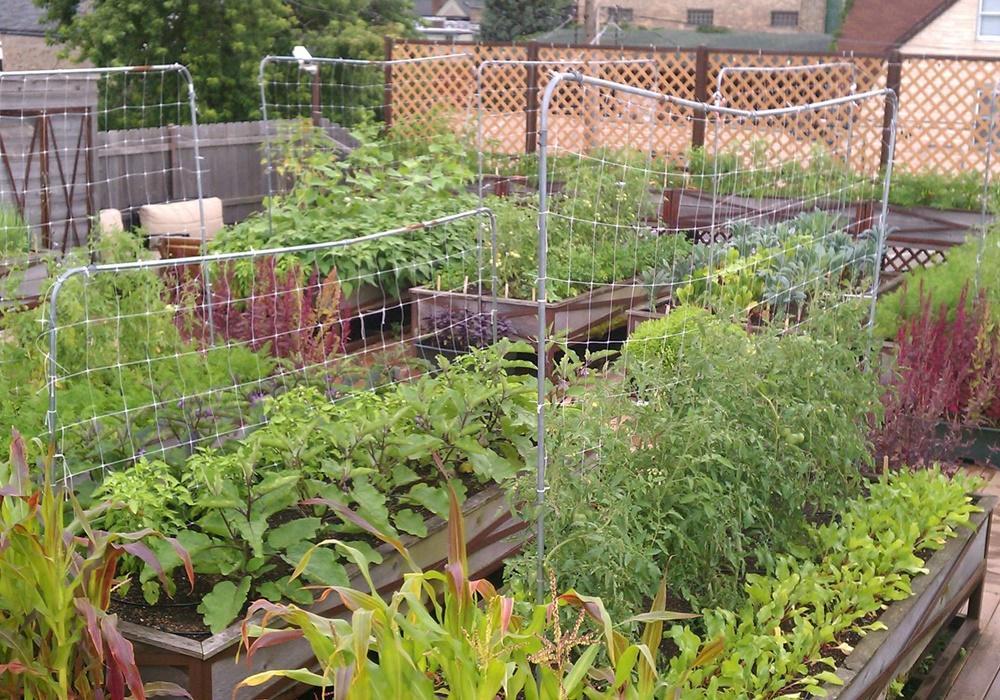
Sustainable gardens are growing fast in popularity, so why not have one on your rooftop? The key to having a successful edible rooftop garden is to consider your region’s weather and the type of edible plants that can tolerate it.
You’ll want to find vegetables, herbs, and fruits that can tolerate full sun, a lot of rainfall, or windy conditions, depending on your area. Some plants that may not usually need to be staked might need it on the rooftop because wind is usually more significant in higher locations.
If you get a lot of rainfall, consider keeping your plants covered under canopies and water them with necessary. This can also help plants who need some shade during the day.
The following video by Gardens of Abundance takes you on a tour through a beautiful, edible rooftop garden in India:
Save Space And Maintenance With Containers
Container gardening can be the perfect way to have a low-maintenance rooftop garden. It can also provide you with more space than you’d have with a regular garden, so you can enjoy plenty of liveable space, too.

When using containers for your rooftop garden, Brooklyn Botanic Garden suggests using a drip irrigation system to water your container plants. Plants on the rooftop are exposed to more sun and wind than those on the ground, so a drip system can save you from needing to water them each day. But, make sure your containers are well-draining so water doesn’t pool in them and ruin your soil and plants.
Bigger containers with wide bases are better for rooftops so they can remain steady in the wind. Consider planting low-growing shrubs or plants in containers to lessen the risk of making the containers too top-heavy.
Give Yourself a Lawn
You can absolutely have the green lawn you’ve always dreamed of on your rooftop, provided it’s within your building’s limitations, of course.The process isn’t a simple one, but when it’s complete, you can have a low-maintenance, rooftop lawn that mimics a gorgeous suburban outdoor retreat.
Your rooftop should be in excellent condition, and you’ll need to apply several layers, such as insulation and repellent, before installing your grass. This will help protect your roof from leaks or mold associated with the lawn.
SF Gate suggests mixing native, low-maintenance grasses with sedums and moss so your lawn can look lush and green for most of the year. Plus, these plants are low-maintenance and less water than others, so they prove to be a more eco-friendly option.
You may also read our article about ideas for rose garden.
Photo Credit
Photo by Joe Mabel licensed under GNU 1.3
Photo by Paulding County Area Foundation licensed under CC0
Photo by Dirk van der Made licensed under CC BY-SA 3.0

